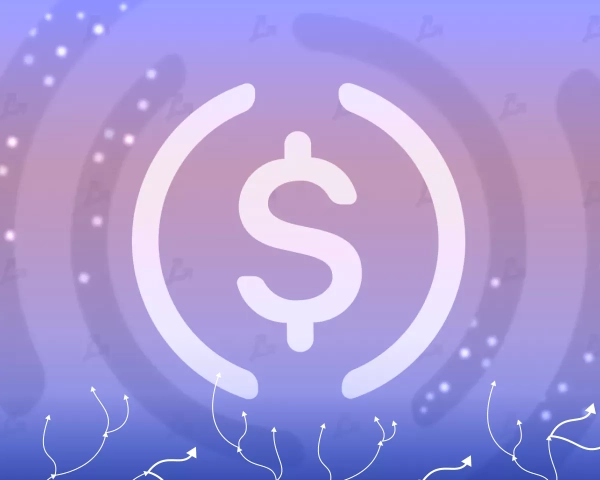
Circle, the issuer of the USDC stablecoin, has integrated its Layer 1 network, Arc, with the institutional platform Fireblocks.
Circle’s @Arc has landed on the Fireblocks Network 🔥
Where stablecoins and the global financial system move as one 🌎
Fireblocks expands its platform to support one of the most innovative chains for powering stablecoin finance — from secure custody and compliance to moving…
— Fireblocks (@FireblocksHQ) August 14, 2025
From the network’s launch date, the platform will provide custodial services and compliance solutions for its clients. Fireblocks currently works with over 2,400 banks, asset managers, and fintech firms.
Arc is tailored for stablecoin-based financial services — payments, currency exchange, and capital markets. The public testnet is expected this autumn, with a full launch planned by year-end.
The early integration sparked discussions on X. For context, Fireblocks added Solana blockchain support in late 2021, nearly two years after its debut. Arc, however, will be available to platform users from day one.
A New Partnership
On August 18, Circle acquired the Malachite consensus engine from Informal Systems. This technology will serve as the foundation for Arc.
The deal includes intellectual property, technology, and the transfer of nine Informal Systems employees to Circle. Financial terms remain undisclosed.
Malachite uses the Tendermint consensus algorithm and was designed as a flexible, secure solution for decentralized systems with an emphasis on performance.
The project will remain open-source under the Apache 2.0 license, allowing developers to freely use and build on it. Informal Systems will continue supporting other applications of Malachite and its own products, including cross-chain infrastructure tools.
Impact of the GENIUS Act
Arc’s launch coincides with clarified stablecoin regulations in the U.S. following the GENIUS Act. The law establishes federal rules for “stablecoins,” requiring issuers to fully back reserves with U.S. dollars or liquid assets. Entities with market caps exceeding $50 billion must undergo annual audits.
Under the GENIUS Act, the U.S. Treasury is exploring new methods to combat illicit activities in the financial sector.
Today, Treasury issued a Request for Comment required by the GENIUS Act, which furthers the Administration’s policy of supporting the responsible growth and use of digital assets, as outlined in President Trump’s Executive Order on “Strengthening American Leadership in Digital…
— Treasury Department (@USTreasury) August 18, 2025
The regulator has begun gathering input from stakeholders.
Areas of focus include APIs, artificial intelligence, digital identity, and leveraging blockchain to detect suspicious activity.
Treasury Secretary Scott Bessent emphasized that stablecoins will broaden global access to the dollar and boost demand for U.S. Treasury bonds.
Implementing the GENIUS Act is essential to securing American leadership in digital assets.
Stablecoins will expand dollar access for billions across the globe and lead to a surge in demand for U.S. Treasuries, which back stablecoins.
It’s a win-win-win for everyone involved:… https://t.co/p5nRQpBfnw
— Treasury Secretary Scott Bessent (@SecScottBessent) August 18, 2025
After collecting feedback, the Treasury will submit findings to Senate and House committees, potentially shaping new regulations. Submissions are open until October 17.
However, some banking associations have expressed concerns, arguing that the ban on interest payments for stablecoin holders is insufficient. They warn that exchanges and brokers might bypass restrictions by repurposing assets from payment tools to savings or lending instruments.
TD Cowen analyst Jaret Seiberg acknowledges these fears, comparing the scenario to the 2008 crisis when depositors shifted funds to government-guaranteed money market funds.
«We believe capital outflow into stablecoins could pose a significant threat, as consumers may find it a faster and simpler way to convert deposits,» remarked Seiberg.
In related news, Binance recently partnered with Spanish bank BBVA as an independent custodian for its clients.